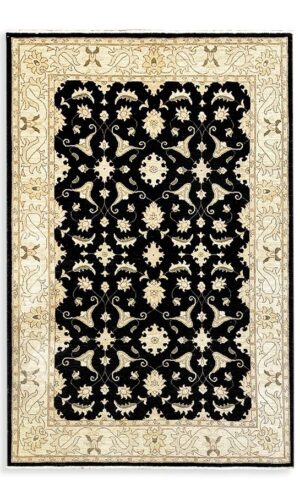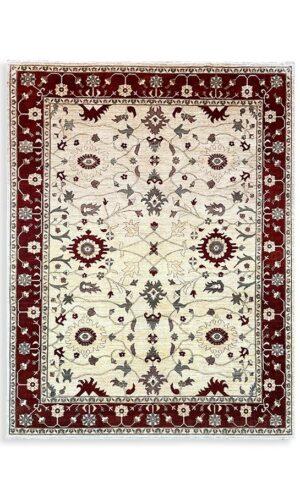Home Vegetable Dyed Rugs


Vegetable dyed rugs are made of hand-spun wool and have a serviceable low-cut pile. They are hand-knotted and use natural dyes, which gives them a lovely softness and results in beautiful mellow colours derived from natural products.
At Bijan, our vegetable dyed rugs are made with excellent technique, resulting in a durable and unique design with a plush texture. Our rugs represent a rich heritage of craftsmanship passed down for centuries.
We have a collection of handmade rugs that are dyed with vegetables. Each rug we produce using traditional methods and natural dyes derived from fruits and vegetables. Our skilled artisans truly are making masterpieces.



























Rugs made with naturally dyed wool require a longer time to dye than those with chemical dyes. Vegetable dyes are more resistant to fading, which causes a slower fading process than synthetic dyes. Using vegetable-based dyes to colour wool for rugs requires additional manpower, which increases the labour cost and results in a higher price for the final product.
Naturally dyed rugs are more expensive because the dyestuff made from vegetables is more costly than synthetic or chemical dyes. The price is also influenced by the materials and techniques involved in making the rug. These dyes were fixed correctly to avoid running when wet or fading significantly when exposed to light.
Fixing the colours might take a few weeks, especially if rich colours are desired. While early synthetic dyes could provide bright colours without a lengthy fixing process, they were highly unstable.
Rugs, either vintage or modern, dyed using natural plant elements are referred to as vegetable-dyed rugs. Using this method, the rugs are considered eco-friendly and valuable. Persian rugs and carpets are considered among the finest examples of vegetable-dyed rugs.
As early as 2,600 BC, China started using natural or vegetable dyes on textiles. Gradually, natural colours became popular, and artisans began dyeing carpets. People worldwide started using natural pigments to dye various fibre materials like fabric, yarn, wool, thread, silk, and cotton. As a result, there was a global surge in demand for vegetable-dyed tribal rugs.
In the last two decades, weavers from various rug-making areas have successfully returned to using vegetable dyes. Historically, handwoven rugs were dyed using organic materials to achieve vibrant colours. Over the past few thousand years, skilled vegetable dyers have improved their techniques by discovering and using various exotic materials to create more consistent and long-lasting dyes.
We have over 5,000 rugs in stock; the listings on this site represent a small selection of our extensive range. Please visit us in store to explore our collections.